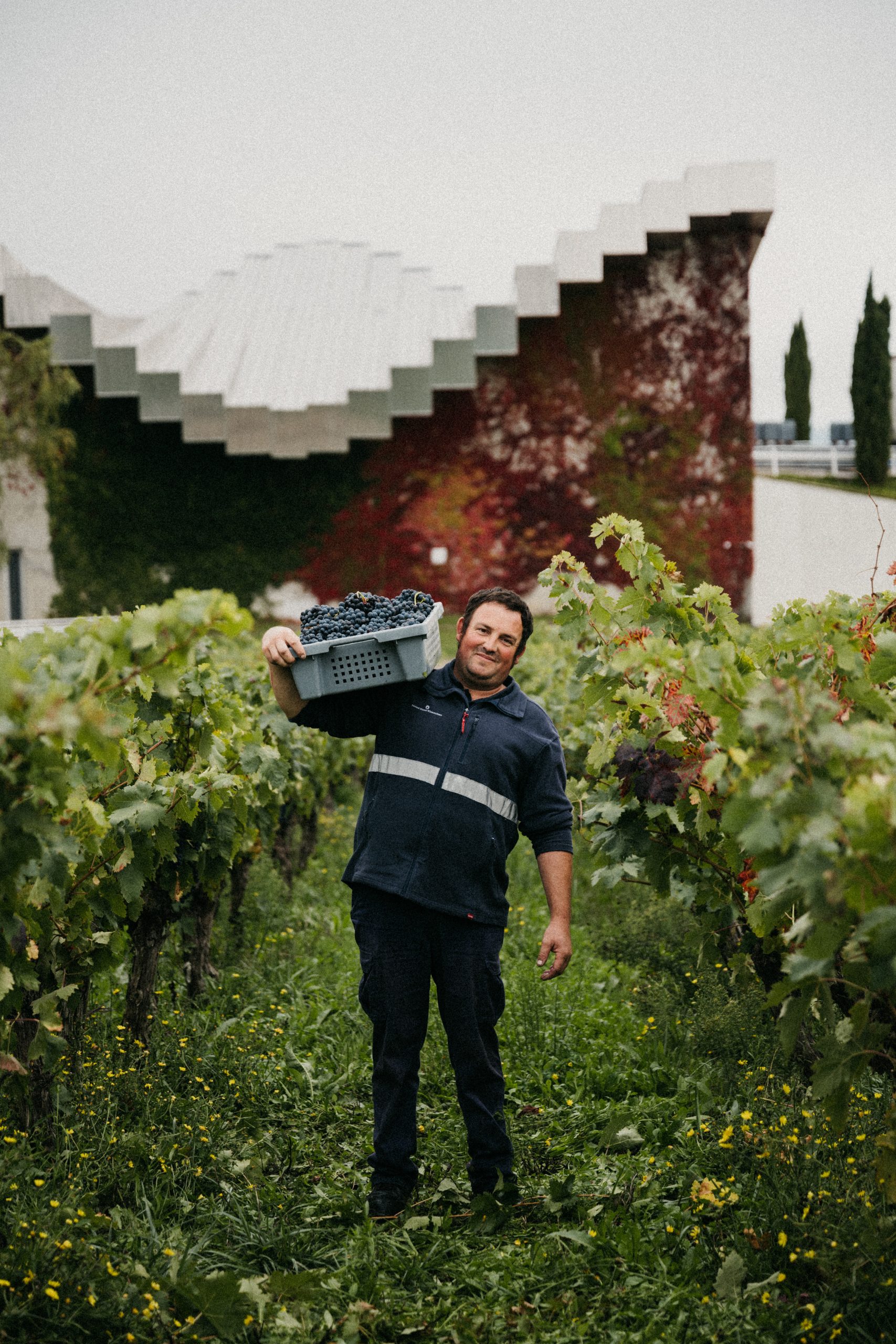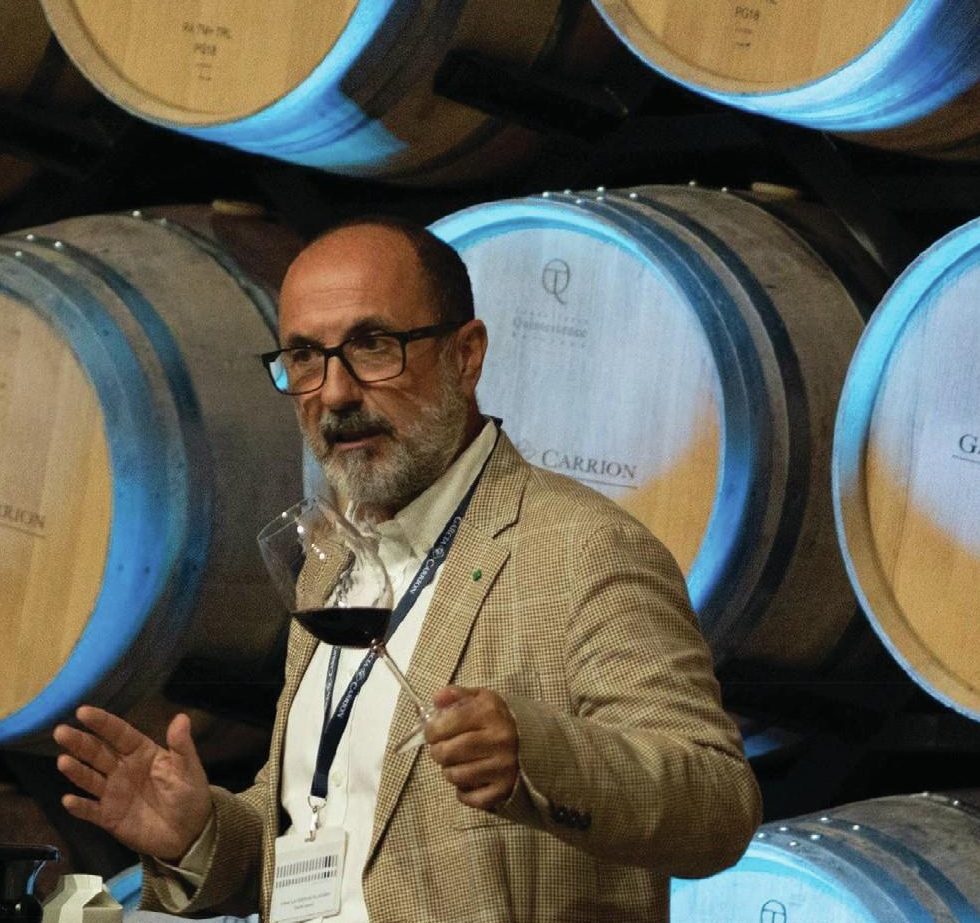Volatility on the Champagne market – but a rosé future?
After years of relative stability, Champagne’s secondary market has morphed into a rollercoaster over the past 12 months – so what’s going on? Richard Woodard reports.

For some years in fine wine circles, Champagne was a byword for dependable but unspectacular secondary market growth. Or at least it was until around 2020, when prices began a relentless surge that only ended in the second half of 2022. Since then, the market has shift into reverse, according to analysis from fine wine trading platform Liv-ex. But why?
The change came relatively suddenly: in October 2022, the Champagne 50 sub-index – which charts the price evolution of the most recent vintages of the 13 most actively traded Champagnes – secured its fifth consecutive month as Liv-ex’s best performer, fuelling speculation that it might even outstrip another dynamic sub-index on the exchange, the Burgundy 150.
Looking at Liv-ex average case prices over a longer timescale, Champagne rose by 76.7% between August 2019 and August 2022, ahead of Burgundy (+64.7%), Italy (+45.1%), Bordeaux (+22.4%) and the Rhône (+18.3%).
Since that October high water mark, however, the Champagne 50 has been the exchange’s worst-performing index for three months in a row. That culminated in a 4.3% decline during January, with only nine out of the index’s 50 wines rising in value (data for February is not available at the time of writing).
The big names that spearheaded 2022’s bull market have been largely responsible for its transformation into a bear: Perrier-Jouët Belle Epoque and Salon Le Mesnil were driving the sub-index’s growth a year ago, with the former recording a value increase of 42.2% between January and November 2022, and the latter up 34.4% between January and October.
But Salon began to decline in November, and Perrier-Jouët’s fall has been the steepest in the sub-index, down 13.4% between November and January. Then again, every white wine component of the Champagne 50 has decreased in value over that timescale.
Meanwhile, 40 out of the 50 wines have recorded mid-price declines in 2023 to date (with nine up and one flat). Two of the biggest fallers since the New Year have been Perrier-Jouët Belle Epoque 2013 and 2014, with value declining by 10.1% and 14.2% respectively.
Partly this is just typical market behaviour, according to Justin Gibbs, Liv-ex deputy chairman and exchange director. “Any region on the boil will eventually get too hot for some,” he says. “No market rises for ever, and the experience of other regions – such as Bordeaux in 2011 – shows that periods of rapid growth can be followed by periods of pause, or retreat.”
The particular factors that brought Champagne success in the recent past have also contributed to its decline, Gibbs adds. “A series of excellent vintages, worldwide distribution and relative value brought speculators into the market – but speculators are not drinkers, so new vintage stock does not diminish at the same rate,” he points out.
Partner Content
“The rising value of Champagne means it no longer represents the relative value that it did two years ago (naturally). The calling card of grande marque Champagne used to be that you could have a fine wine with all the pedigree of a Bordeaux first growth, but for a fraction of the price. That is no longer so clearly the case.”
There’s no clear reason why Perrier-Jouët Belle Epoque and Salon in particular should have declined so steeply, beyond the obvious fact that in any market correction, the biggest climbers have further to fall. Gibbs also hypothesises that these wines may have a narrower buyer base than the more ‘mainstream’ big names of Dom Pérignon, Krug, Louis Roederer Cristal and Taittinger Comtes de Champagne.
Rosy future?
Curiously throughout this period of volatility, one section of the Champagne 50 has bucked the trend. Strip the rosé cuvées out of the numbers and a subtly different picture appears: while rosés have risen by 7.1% in value terms over the past year (similar to the overall index’s 7.6% increase), the rises and falls underpinning that growth have been less frantic.
In the first half of 2022, rosé prices increased by 7.1%, before dipping by only 1.8% in July and then rising again by 3.4% between August and October. Since then, they have fallen by 3.2% to the end of January – a much calmer performance than that of the overall Champagne 50 sub-index.
Star performers over the past 12 months have included Bollinger La Grande Année Rosé, with value up by 17.8%, and Perrier-Jouët Belle Epoque Rosé (+16.1%). No rosé Champagne in the Champagne 50 index has declined in value, although Taittinger Comtes de Champagne Rosé was only up by 1%. Trade by value for rosé Champagne overall on Liv-ex increased by 17.5% in the past year.
Clearly rosé has become a more significant part of the high-end Champagne market over the past decade or so, but it’s harder to pinpoint the precise reasons for its relative stability (versus the Champagne 50 as a whole) over recent months – unless it is its scarcity.
“Rosé is produced in smaller quantities and is likely to be drunk at a faster pace,” says Gibbs. “It is – rightly or wrongly – regarded as less mainstream than the brut market, which is where a Champagne’s vintage and pedigree is judged.”
Rosé apart, it’s important to keep the recent reversal in fortune for Champagne on fine wine’s secondary market in perspective. While the Champagne 50 was at its lowest point in more than six months at the end of January 2023, its longer-term performance is altogether more buoyant: up 6.4% versus a year ago, 56.7% ahead of January 2021, and 88.4% higher than in January 2018.
Unless the shift seen since the end of October 2022 becomes a longer-term decline, Champagne’s status in fine wine’s secondary market remains well ahead of where it was a decade ago – with collectors and investors still attracted by its relative value, and the fact that its stock tends to be consumed more quickly than that of, say, fine Bordeaux or Burgundy.
Related news
Castel Group leadership coup escalates
For the twelfth day of Christmas...
Zuccardi Valle de Uco: textured, unique and revolutionary wines




